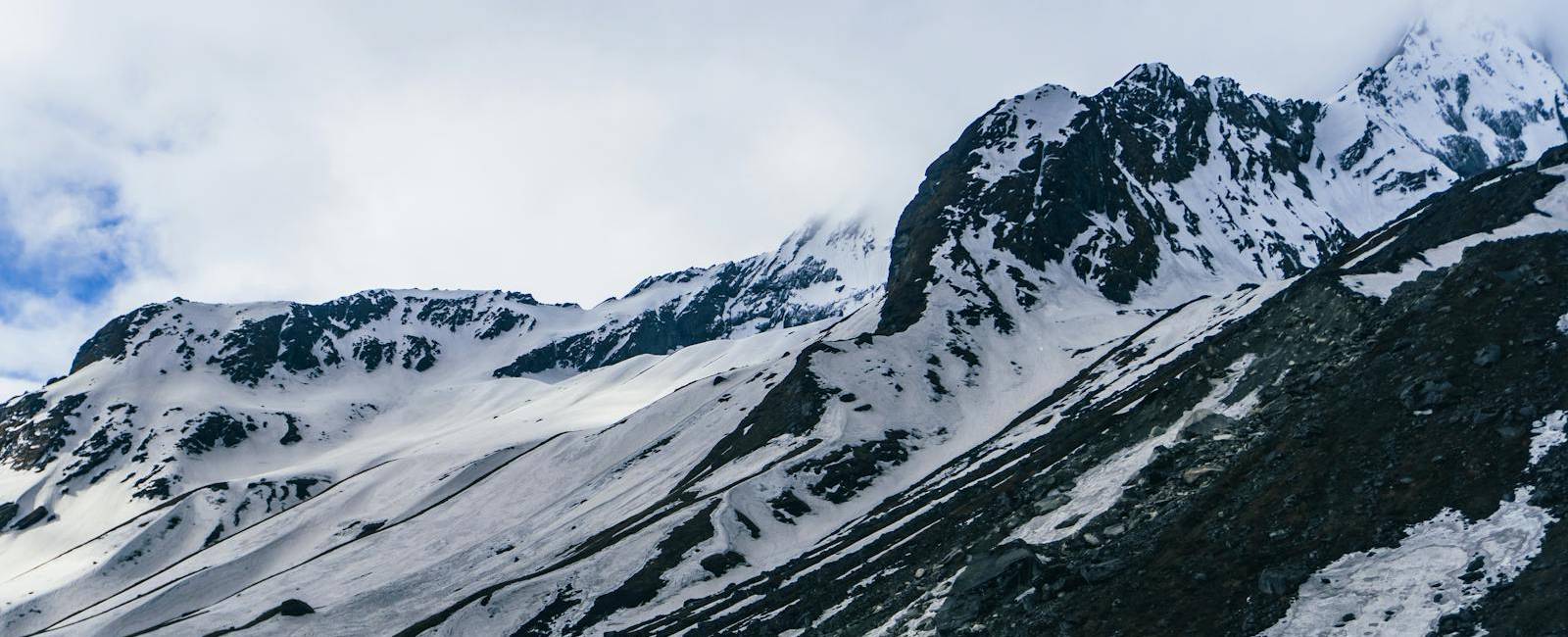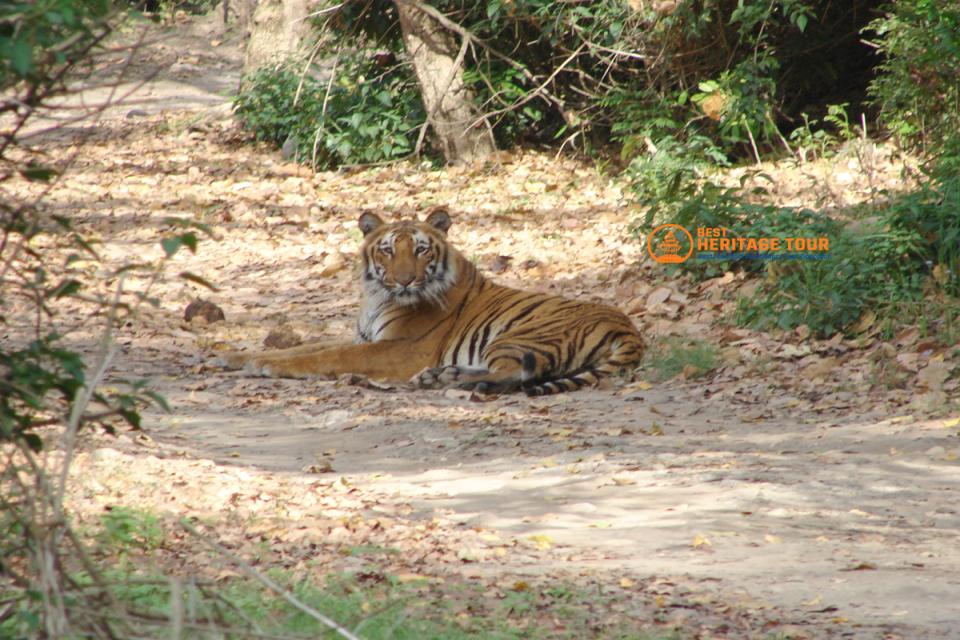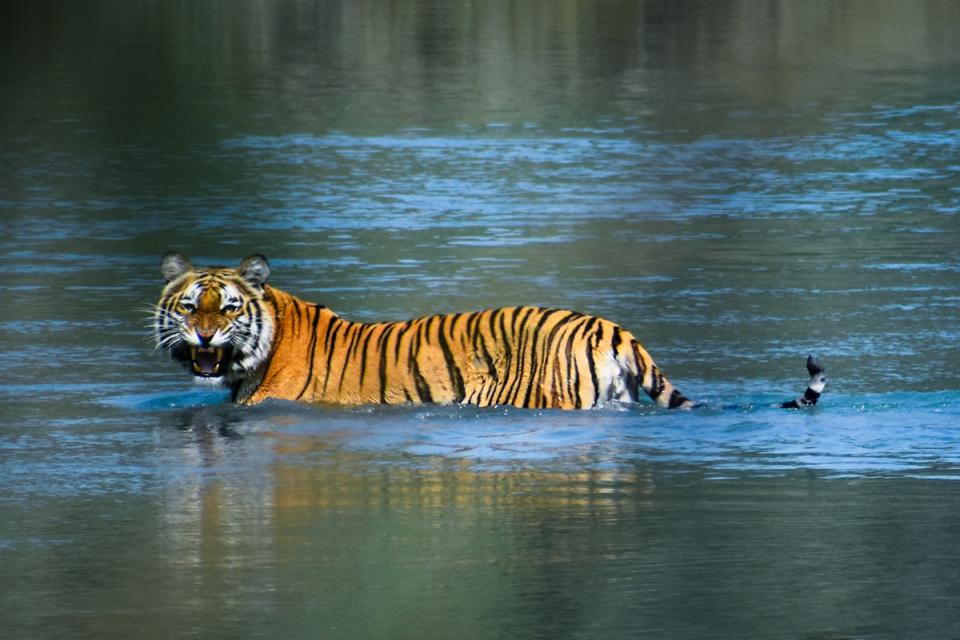Bardiya National Park, nestled in the far-western region of Nepal, offers a captivating jungle safari experience that rivals the more famous Chitwan National Park. As Nepal’s largest protected lowland wilderness, Bardiya is a sanctuary for diverse wildlife, pristine forests, and serene rivers. The Bardiya Jungle Safari in 2026/27 promises even richer encounters with nature, thanks to ongoing conservation efforts and improved eco-tourism infrastructure.
Unlike more crowded parks, Bardiya provides a tranquil and less commercialized safari experience - ideal for travelers seeking authentic wildlife adventures, breathtaking landscapes, and opportunities to witness endangered species in their natural habitat. From the elusive Bengal tiger and one-horned rhinoceros to rare bird species and freshwater dolphins, Bardiya offers a diverse and rewarding safari journey.
In this blog, we’ll explore everything you need to know about Bardiya Jungle Safari in 2026/27 - from the wildlife you can expect to see, the best ways to explore the park, to tips for a responsible and memorable visit.
What Makes Bardiya Jungle Safari Unique in 2026/27?
Bardiya National Park stands out as one of Nepal’s most pristine and least disturbed wilderness areas, offering a distinct jungle safari experience compared to other popular parks. Here’s what makes Bardiya truly special in 2026/27:
Untouched Wilderness and Larger Park Area
Bardiya covers over 968 square kilometers, making it Nepal’s largest national park. Its expansive forests, grasslands, and riverine ecosystems remain relatively untouched by mass tourism, allowing for more natural wildlife behaviors and quieter encounters.
Higher Chances to Spot Bengal Tigers
Thanks to dedicated anti-poaching efforts and habitat preservation, Bardiya has seen a steady increase in its Bengal tiger population. The park is now considered one of the best places in Nepal to spot these elusive big cats in the wild.
Thriving One-Horned Rhinoceros Population
Bardiya is also home to a healthy population of the endangered Greater One-Horned Rhinoceros, which graze peacefully in the grasslands and wetlands of the park.
Rich Biodiversity
Apart from rhinos and tigers, Bardiya shelters wild elephants, swamp deer, gaur (Indian bison), sloth bears, and over 400 species of birds - making it a hotspot for both wildlife lovers and birdwatchers.
Riverine Ecosystem and Freshwater Dolphins
Unique to Bardiya is the Karnali River, which flows along the park’s western boundary. The river is home to the endangered Ganges river dolphin, a rare and fascinating species that can sometimes be spotted during boat safaris.
Less Crowded, More Authentic Experience
Unlike Chitwan, Bardiya’s safari routes see fewer tourists, creating a more intimate and undisturbed experience. This makes Bardiya an ideal destination for travelers seeking peace and close connections with nature.
Cultural Interaction with Tharu Communities
Visitors can also engage with the indigenous Tharu people, whose traditional lifestyles and festivals add cultural richness to the safari experience.
In 2026/27, with enhanced infrastructure and conservation programs, Bardiya Jungle Safari offers an unparalleled mix of adventure, wildlife, and cultural immersion.
Types of Safari Experiences in Bardiya
Bardiya National Park offers a variety of safari options designed to suit different interests and comfort levels. Whether you’re a wildlife enthusiast, photographer, or a nature lover looking for tranquility, Bardiya has the perfect safari experience for you.
Jeep Safari
Jeep safaris are one of the most popular ways to explore Bardiya’s vast wilderness. These guided rides take you deep into the park’s grasslands and forests, increasing your chances of spotting Bengal tigers, one-horned rhinos, wild elephants, and other wildlife. The open jeep design provides excellent visibility and photo opportunities.
Elephant Safari
Though more limited compared to the past due to growing ethical concerns, some operators still offer elephant safaris or elephant-back guided walks. These give a unique vantage point to observe the park’s wildlife, but it’s important to choose operators committed to animal welfare.
Jungle Walks
For those seeking a closer connection with nature, guided jungle walks allow you to explore trails on foot. Accompanied by trained naturalists and security personnel, these walks focus on animal tracks, birdwatching, and the smaller wonders of the ecosystem. Jungle walks are more intimate and offer a deeper understanding of Bardiya’s biodiversity.
Boat Safari on Karnali River
One of Bardiya’s standout safari options is a boat ride on the Karnali River. This serene cruise allows visitors to spot aquatic wildlife, including rare Ganges river dolphins, crocodiles, and a variety of bird species. It also offers stunning views of the park’s riverine forest and wetlands.
Birdwatching Tours
With over 400 bird species recorded, Bardiya is a paradise for birdwatchers. Specialized birdwatching safaris focus on finding rare and migratory species, with expert guides helping to identify elusive birds in different habitats throughout the park.
Photography Safaris
For photographers, Bardiya offers slow-paced, customized safari tours that prioritize optimal wildlife sightings and lighting conditions. Photographic safaris often include early morning and late afternoon excursions, ensuring the best natural light and animal activity.
Each safari type offers a unique way to experience Bardiya National Park’s incredible biodiversity and natural beauty, making your visit unforgettable.
Best Time to Visit Bardiya National Park for Safari
Choosing the right time to visit Bardiya National Park can significantly enhance your jungle safari experience. The park’s climate and wildlife behavior vary throughout the year, so understanding the seasonal highlights will help you plan the perfect trip in 2026/27.
October to March - The Peak Season
This period marks the best time to visit Bardiya for comfortable weather and excellent wildlife sightings. Days are generally dry with pleasant temperatures ranging from 15°C to 25°C (59°F to 77°F), while nights can be cooler. The grasslands are less dense, making it easier to spot animals like tigers, rhinos, and deer.
Birdwatchers will also find this season rewarding, with migratory species adding to the park’s avian diversity.
April to Early June - Hot and Dry Season
Temperatures rise up to 35°C (95°F) during this pre-monsoon phase. Wildlife tends to gather near water sources, increasing your chances of spotting animals during safaris. The landscape becomes drier and dustier, but fewer tourists mean a more peaceful safari experience.
Mid-June to September - Monsoon Season
Heavy rains characterize the monsoon season, bringing lush greenery but also challenges like muddy trails and occasional park closures. Safari activities are limited, and some areas may be inaccessible. However, the park’s flora blooms vibrantly, and the birdlife becomes particularly active.
Pro Tip: For the best combination of weather, wildlife activity, and accessibility, plan your Bardiya Jungle Safari between October and March.
Wildlife Highlights of Bardiya National Park
Bardiya National Park is a treasure trove of biodiversity, offering visitors a chance to witness some of Nepal’s most iconic and endangered wildlife species in their natural habitat. Here are the key wildlife highlights that make Bardiya a must-visit safari destination in 2026/27:
Bengal Tiger
Bardiya is home to one of Nepal’s largest populations of Bengal tigers. Thanks to stringent anti-poaching efforts, sightings of this majestic big cat have increased, making it one of the top reasons visitors flock to the park.
Greater One-Horned Rhinoceros
The park hosts a thriving population of the endangered one-horned rhino, which can often be seen grazing in the grasslands and near water bodies. Bardiya’s rhino numbers have steadily risen due to effective conservation strategies.
Asian Elephant
Wild Asian elephants roam the forests and riverbanks of Bardiya, sometimes seen during jeep or elephant safaris. They play a crucial role in maintaining the park’s ecological balance.
Gaur (Indian Bison) and Swamp Deer
These large herbivores are commonly spotted in Bardiya’s grasslands. The gaur, with its massive build and impressive horns, is the largest wild cattle species in Asia.
Sloth Bear
Though elusive, the sloth bear inhabits Bardiya’s forests. Night safaris and guided jungle walks sometimes offer glimpses of this shaggy mammal.
Birdlife
Bardiya is a paradise for birdwatchers, with over 400 species recorded. Highlights include the Bengal florican, white-rumped vulture, and the rare Ganges river dolphin found along the Karnali River.
Gharial and Crocodiles
The Karnali River is home to endangered gharial and marsh crocodiles, often spotted during boat safaris.
This rich diversity of wildlife makes Bardiya National Park a dynamic and rewarding destination for every nature lover and wildlife enthusiast.
Tips for a Successful Bardiya Jungle Safari
To make the most of your Bardiya Jungle Safari in 2026/27, consider these practical tips that will enhance your experience and ensure your safety:
Pack Smartly
Bring lightweight, breathable clothing suitable for jungle conditions. Neutral earth tones like khaki, brown, and green are best for blending into the environment and avoiding startling wildlife. Don’t forget a wide-brimmed hat, sunglasses, and sturdy walking shoes.
Gear Up
If you’re a photographer, carry a camera with a good zoom lens (at least 300mm) to capture distant animals. Binoculars are essential for spotting birds and elusive wildlife. Also, pack extra batteries and memory cards.
Protect Yourself
Use insect repellent to guard against mosquitoes and ticks. Applying sunscreen is crucial, especially during daytime safaris. Stay hydrated by carrying a reusable water bottle.
Follow Guide Instructions
Always listen carefully to your safari guide and follow safety protocols. Avoid sudden movements or loud noises that could disturb animals.
Respect Wildlife
Keep a safe distance from animals and never attempt to feed or touch them. Stick to designated trails and jeep routes to minimize your impact on the park’s ecosystem.
Opt for Early Morning or Late Afternoon Safaris
Wildlife tends to be more active during cooler parts of the day. Scheduling your safaris around sunrise and sunset increases your chances of memorable sightings.
Choose Eco-Friendly Accommodations
Support lodges and resorts that implement sustainable practices such as waste reduction, water conservation, and community involvement.
Book in Advance
Bardiya is growing in popularity, so it’s wise to book your safari and accommodations early, especially for peak season between October and March.
By following these tips, your Bardiya Jungle Safari will be safer, more enjoyable, and environmentally responsible.
Conclusion
Bardiya Jungle Safari in 2026/27 is an extraordinary adventure for those seeking untouched wilderness, rich wildlife, and cultural immersion. From the stealthy Bengal tigers and mighty one-horned rhinos to the serene Karnali River dolphins, Bardiya offers a unique and less crowded alternative to other safari destinations in Nepal.
To experience this natural wonder with ease and expert guidance, consider booking your trip with Best Heritage Tour. Their knowledgeable team provides tailored safari packages, comfortable accommodations, and dedicated support to ensure a safe and memorable jungle experience.
Contact Best Heritage Tour:
Visit: www.bestheritagetour.com
Phone/Whatsapp: +977-9851149197
Email: info@bestheritagetour.com / bestheritagetour@gmail.com
Office: Thamel Marg, Kathmandu, Nepal
Embark on a remarkable safari journey in Bardiya and witness the wild heart of Nepal like never before.
Author: Best Heritage Tour
Date: 31st July, 2025



